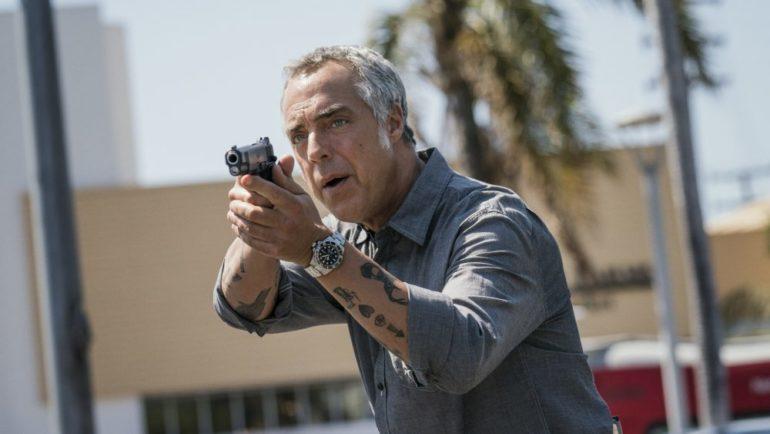Red Arrow Studios Boss James Baker Says Flexibility, Not Size, Is Key
By Stewart Clarke
LOS ANGELES (Variety.com) – The goalposts have shifted for international production and distribution groups, says James Baker, president of Red Arrow Studios. “The old notion that size is everything is changing,” Baker, a former exec at Sky and Al Gore’s Current TV, tells Variety. “It’s now much more how flexible can you be to respond to a change in the market.”
has 20 production companies in its stable as well as a sales arm, making it a sizable player but not the biggest beast. Baker is happy with that position. “Some of the much bigger groups made some really big swings and said, ‘We’ve got to have a massive L.A. office’ and ‘We have to spend a lot of money on A-list star vehicles’ – and that has proved to be tricky for some,” he says. “We’re at a size to be able to change and move in different directions pretty quickly.”
The M&A strategy for Red Arrow Studios has been to buy companies as they were developing rather than big established players. “As a result, we have been able to keep relationships going longer,” Baker says. “We’re not buying at the top [of the market].”
Alex Fraser, who joined from Sky Vision, and Carlo Dusi, who came from Scott Free, have added some acquisitions firepower in a fierce market that requires distributors to accept bigger deficits to secure rights.
In unscripted, Red Arrow’s key properties include “Married at First Sight,” “Say Yes to the Dress,” and, for Hulu and FX, “The Weekly.” In drama, Baker says the days of getting in on a show for 20% of the budget are gone: “You have to be willing to get in early and say we are going to play a role in actively packaging this show, not just be the distribution partner,” he says.
“I think two tiers will emerge to scripted,” the Red Arrow boss says. “One is the U.S.- and platform-driven level – where the price tag, if you’re lucky, is $4 million an episode, but increasingly more like $5-, $6-, or $7 million. It’s a different set of economics when it’s driven from outside the U.S. and is an international project – you can deliver fantastic high-quality content for anywhere between $1.5- and $2.5 million an episode.”
Out of Europe, “Viena Blood” is a good example, with Austria’s ORF and Germany’s ZDF the anchor broadcasters, Red Arrow’s “Deep State” producer Endor making the show, and its distribution arm taking care of sales.
Red Arrow Studios, like the other producer-distributors with broadcaster siblings, has to better service its affiliated channels, while getting shows on channels that are often themselves part of increasingly vertically integrated groups.
The word from the top, where Max Conze took over as CEO last year, is that Red Arrow Studios should be working more closely with the channels in the group. Similar moves are afoot with ITV in the U.K., RTL Group across Europe, and Viacom internationally, where the large groups look to make their content and channels divisions work together more tightly.
“There has been a step-change in the last year since Max came on board where he has been saying, ‘How do we get a lot closer to our channel partners at ProSieben and Sat.1 and start to work on making more non-scripted?’ Red Seven, our main German producer, will make a lot more shows for those German channels,” Baker says. “If we’re looking to 2020 and beyond, we’re also going to look at scripted opportunities there as well.”
Red Arrow Studios’ London base is just yards from Netflix’s growing local office. It was one of the first international companies to work with the streamer when it sold it Steve Van Sandt Nordic drama “Lilyhammer.” It was also in early with Amazon, with its production company Fabrik getting an order for “Bosch,” which is still going on the streamer. The majority of Red Arrow Studios’ revenue comes from the U.S., which will likely remain the case.
Baker also spies opportunity closer to home. “There are amazing growth opportunities in Europe because the platforms are going to have to start feeding in more local content and because the free-to-airs have woken up to the challenge of creating local content rather than acquiring from the U.S.,” he says. “There has to be more demand for content coming out of Europe.”

